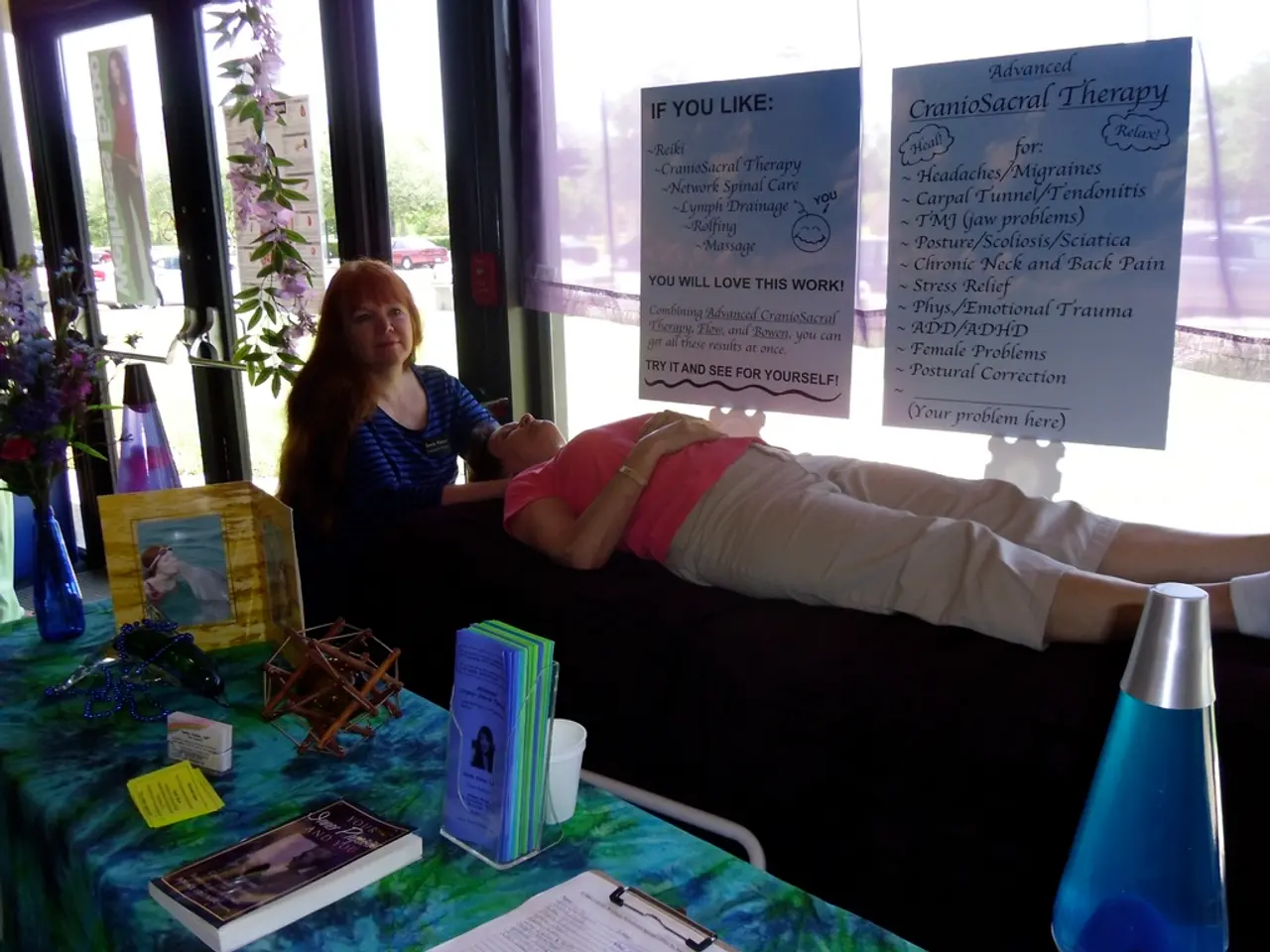Insights into the Essential Aspects of Medical Device Regulations
In the complex world of medical device manufacturing, adherence to regulatory controls is paramount. Sterling Medical Devices offers consulting services to help navigate these requirements throughout the entire product development life cycle.
Before bringing a device to market, manufacturers must register their establishment electronically. The Food and Drug Administration (FDA) classifies medical devices into three categories: Class I, Class II, and Class III, with increasing regulatory requirements and testing standards as the risk level rises.
Class I devices, such as a reflex hammer or bandage, are associated with low risk. On the other hand, Class III devices, including high-risk devices like pacemakers, carry a high risk of immediate harm or death. These devices often require a Pre-Market Approval Program (PMA) for market entry.
A 510(k) is necessary for first-time marketing or significant changes to an existing device. A device is considered to have substantial equivalence if it has the same intended use and technological characteristics as the predicate device.
Special controls may be required for Class II devices, such as special labeling requirements. It's crucial to check if your device requires such specific controls.
Compliance also involves maintaining Corrective and Preventative Actions (CAPA) procedures, collecting and analysing information, identifying and investigating product and quality problems, and taking appropriate action to prevent recurrence.
Manufacturers must report any medical device incidents that cause serious injury or death or a malfunction that could lead to serious injury or death. Failing to create and follow written medical device reporting procedures is a violation of FDA regulations.
Common regulatory compliance pitfalls include inadequate understanding of regulatory requirements, poor risk management, insufficient design controls, poor documentation practices, lack of employee training, ignoring post-market surveillance, and weak supplier management.
To avoid these pitfalls, manufacturers should thoroughly understand and adhere to FDA regulations, implement comprehensive risk management, maintain detailed documentation, ensure robust employee training, develop a strong post-market surveillance system, practice careful supplier management, establish and enforce a formal change control process, and ensure complete and accurate documentation for imported devices.
By prioritizing these areas, manufacturers can minimize compliance risks, avoid FDA inspections findings, and support successful market access and lifecycle management. Device manufacturers, importers, and user facilities must also report via the Medical Device Reporting program any time there is an adverse event related to use of a medical device.
- In the medical product development process, maintaining regulatory compliance is essential to ensure successful market access and lifecycle management for medical devices.
- Adherence to FDA regulations is crucial for device manufacturers, importers, and user facilities in the reporting of any adverse events related to the use of medical devices, as per the Medical Device Reporting program requirements.
- The Food and Drug Administration (FDA) classifies medical devices into three categories - Class I, Class II, and Class III - with increasing regulatory requirements and testing standards as the risk level rises.
- The news about medical-conditions and health-and-wellness often highlights the importance of quality management in medical device product development, ensuring that medical devices meet strict standards and scientific protocols throughout their life cycle.




